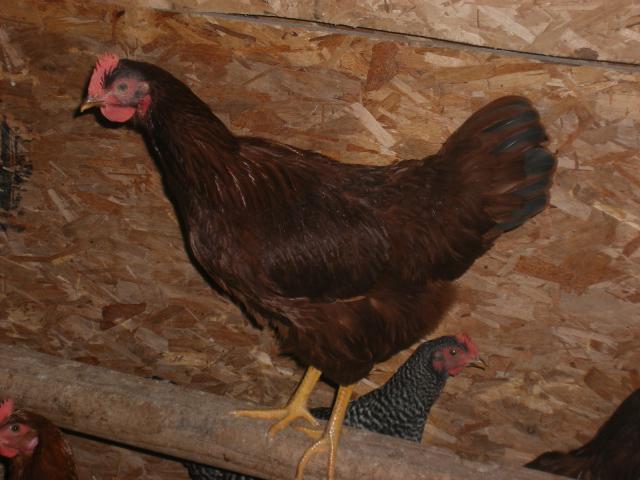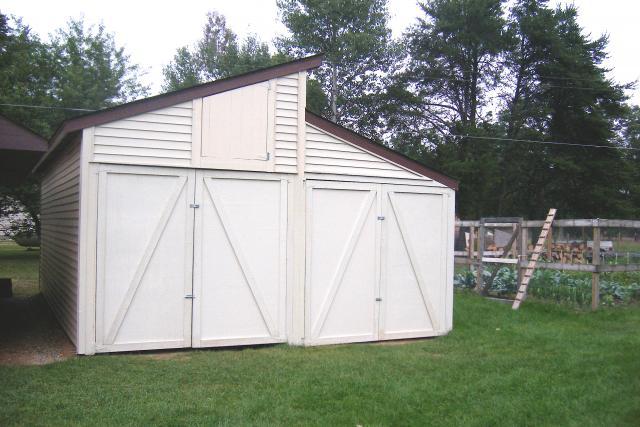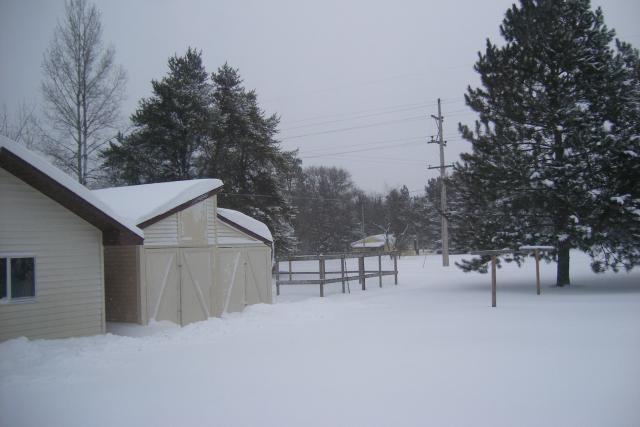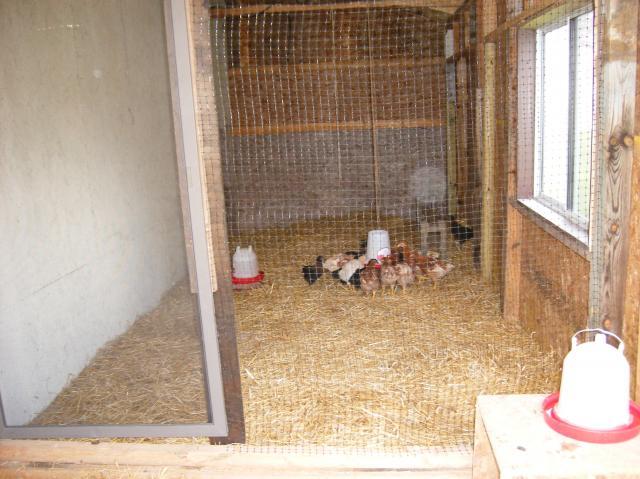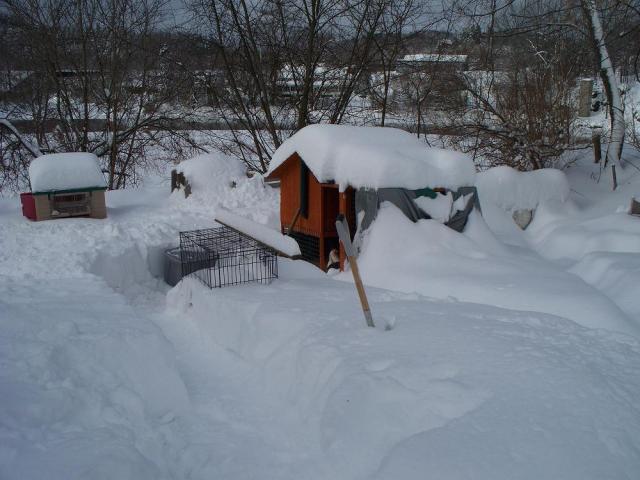- Jul 16, 2011
- 144
- 2
- 91
Hi, my 8x10 coop is home to my 9 (almost adult) chickens, who layed their first egg today by the way! It is starting to get cold outside and I'm getting worried. I know chickens come with their own technics for staying warm but I worry since my coop is not insulated. I know they say not to give them heat because it will mess them up, so what can I do? I know for a fact that without insulation the coop will only be a few degrees warmer than the temp outside. If it gets to -20 those poor birds might just freeze to death. Can you help me please? Thank you!

